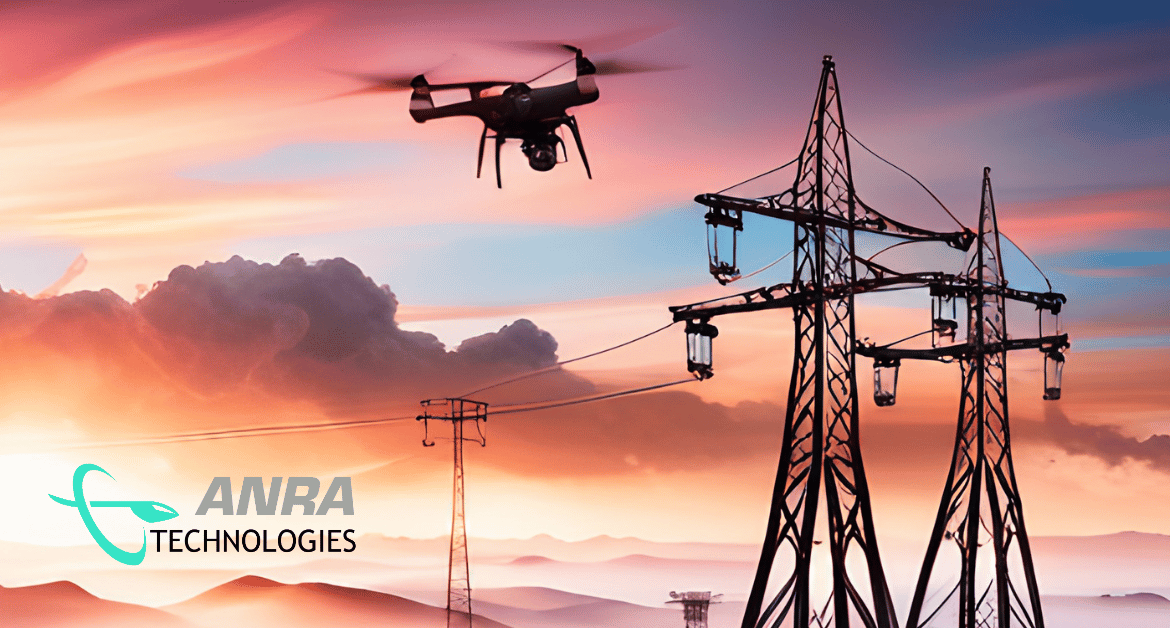Common Operational Picture for Critical Infrastructure Aerial Operations
Aerial inspection operations are becoming increasingly frequent and intricate for owners and operators of critical infrastructure. Establishing a Common Operational Picture (COP) for these aerial endeavors is crucial in guaranteeing safety and efficiency while advancing grid reliability and sustainability goals. Enhanced situational awareness facilitates more effective storm restorations during emergencies and mitigates the risk of costly fines stemming from service interruptions.
If your company has experience with crewed aerial operations, such as helicopters or fixed-wing aircraft, you’ve likely also integrated Uncrewed Aerial System (UAS) into your operations. The amount of high-quality data collected with aerial sensor technology is improving exponentially, bringing immense insights into the integrity of the infrastructure. Additionally, UAS serves as a force multiplier and delivers heightened safety and attractive cost benefits, positively impacting overall CAPEX and O&M expenses. While traditional crewed operations may still predominate due to their capacity for longer flights and more extensive data collection in a single sortie, this will change with the evolution of UAS regulations permitting scalable beyond-visual-line-of-sight (BVLOS) operations. When managing both crewed and UAS aerial inspections across your infrastructure, efficient resource allocation is paramount to ensure operational safety within congested airspace.
The growth in complex UAS BVLOS, drone-in-a-box, or one-to-many operations continues to drive the need for increased situational awareness and the ability to track regulatory compliance requirements within one centralized dashboard. The COP serves as a comprehensive and real-time representation of relevant information, offering managers and operators a unified platform for collaborative decision-making that is both effective and cost-efficient. Given the critical importance of grid reliability to customer satisfaction and bottom-line revenue, a COP will lead to enhanced infrastructure intelligence and optimized workflows.
The key features of a Common Operational Picture include:
SECURITY & SITUATIONAL AWARENESS
A COP ensures all stakeholders have a shared understanding of the current situation. Understanding the who, what, and where they operate above your infrastructure is essential to securing your assets. A COP allows for the ability to discern if there may be a potential threat or someone who belongs. This shared awareness helps prevent misunderstandings, reduce the risk of accidents, and improve overall safety during aerial operations. This COP gives decision-makers a holistic view of the airspace, weather conditions, aircraft positions, and other relevant data. This aids in making well-informed decisions, optimizing flight routes, and adapting strategies to changing circumstances.
COORDINATION AND COLLABORATION WITH REAL-TIME INFORMATION
By facilitating better coordination and collaboration among various entities involved in the inspection process, you can make timely and informed decisions, optimize resource allocation, and respond promptly to emerging threats or challenges. Aerial operations often involve rapidly changing conditions, and having a real-time COP allows decision-makers to stay updated with the latest information. A COP enables seamless communication and a coordinated response to dynamic situations.
EFFICIENT RESOURCE MANAGEMENT
A COP allows for the efficient management of available resources, including airspace, fuel, and personnel. By visualizing the entire operational environment, planners can optimize routes, minimize congestion, and ensure that resources are utilized effectively.
SITUATIONAL ANALYSIS
The COP serves as a tool for analyzing past, present, and future situations. By leveraging historical data from the aircraft, pilot/operator, or training and predicting future trends, aviation authorities and operators can identify potential issues, plan for contingencies, and improve overall operational efficiency.
REGULATORY COMPLIANCE
A common operational picture aids in adhering to regulatory requirements and standards. It ensures that all relevant parties can access the necessary information to comply with air traffic regulations, safety protocols, and other legal requirements. Safety Management System (SMS) and Crew Resource Management (CRM) are essential to conducting safe operations. Tracking and documenting these activities are critical to understanding and detecting potential trends, future auditory requirements, or operational certifications.
A Common Operational Picture is indispensable for aerial operations as it promotes situational awareness, fosters coordination, supports real-time decision-making and enhances overall efficiency and safety in the dynamic and complex airspace environment. ANRA Technologies is a leader in providing software solutions to improve your aerial operations, ensuring safety and efficiency.
For more information, visit anratechnologies.com to schedule an overview of products.







